Our scientists discover the unknown biodiversity of the world of fungi
The biodiversity of fungi is enormous but, at the same time, still poorly explored, despite the important role these organisms play in the natural environment and the human economy. Currently, about 150,000 species of fungi are described, but it is estimated that their number oscillates between 2.2 and 3.8 million (and some predictions even mention 11 million!).
To help understand this biodiversity, scientists from our Institute – Paweł Czachura, Valerii Darmostuk, Adam Flakus, Marcin Piątek, Pamela Rodriguez-Flakus, and Monika Stryjak-Bogacka – got involved in the Fungal Planet global initiative. In a recent article in the journal Persoonia, they described a new genus (Beskidomyces Czachura & Piątek) and four new species of fungi discovered in extreme habitats:
- Beskidomyces laricis Czachura & Piątek – a fungus representing the new genus Beskidomyces Czachura & Piątek; it was isolated from the resin of Larix decidua ssp. polonica in Poland;
- Aspicilia lutzoniana Rodr. Flakus, Szczepańska & Flakus – a lichen-forming fungus named in honor of the outstanding Canadian lichenologist and mycologist François Lutzoni; it was discovered in high-altitude freshwater habitats in Bolivia;
- Lapidomyces epipinicola Piątek, Czachura & Stryjak-Bogacka – a fungus isolated from the Pinus nigra community of sooty molds in Poland;
- Niesslia parviseta Darmostuk, Etayo & Flakus – a lichen-forming fungus; it was found on Erioderma barbellatum in the upper limit of Bolivian cloud forests.
The research which resulted in the discovery of the new species was financed by the National Science Center (grants no. 2013/11/D/NZ8/03274, 2017/27/B/NZ9/02902, 2018/02/X/NZ8/02362, 2019/35/N/NZ9/04173, and 2021/43/B/NZ8/02902). It is at the core of the Institute's mission since its founding 70 years ago
Source article:
Crous P.W., Osieck E.R., Shivas R.G., Tan Y.P., Bishop-Hurley S.L., Esteve-Raventós F., Larsson E., Luangsa-ard J.J., Pancorbo F., Balashov S., Baseia I.G., Boekhout T., Chandranayaka S., Cowan D.A., Cruz R.H.S.F., Czachura P., De la Peña-Lastra S., Dovana F., Drury B., Fell J., Flakus A., Fotedar R., Jurjević Ž., Kolecka A., Mack J., Maggs-Kölling G., Mahadevakumar S., Mateos A., Mongkolsamrit S., Noisripoom W., Plaza M., Overy D.P., Piątek M., Sandoval-Denis M., Vauras J., Wingfield M.J., Abell S.E., Ahmadpour A., Akulov A., Alavi F., Alavi Z., Altes A., Alvarado P., Anand G., Ashtekar N., Assyov B., Banc-Prandi G., Barbosa K.D., Barreto G.G., Bellanger J.-M., Bezerra J.L., Bhat D.J., Bilanski P., Bose T., Bozok F., Chaves J., Costa-Rezende D.H., Danteswari C., Darmostuk V., Delgado G., Denman S., Eichmeier A., Etayo J., Eyssartier G., Faulwetter S., Ganga K.G.G., Ghosta Y., Goh J., Góis J.S., Gramaje D., Granit L., Groenewald M., Gulden G., Gusmão L.F.P., Hammerbacher A., Heidarian Z., Hywel-Jones N., Jankowiak R., Kaliyaperumal M., Kaygusuz O., Kezo K., Khonsanit A., Kumar S., Kuo C.H., Læssøe T., Latha K.P.D., Loizides M., Luo S.M., Maciá-Vicente J.G., Manimohan P., Marbach P.A.S., Marinho P., Marney T.S., Marques G., Martín M.P., Miller A.N., Mondello F., Moreno G., Mufeeda K.T., Mun H.Y., Nau T., Nkomo T., Okrasińska A., Oliveira J.P.A.F., Oliveira R.L., Ortiz D.A., Pawłowska J., Pérez-De-Gregorio M.À., Podile A.R., Portugal A., Privitera N., Rajeshkumar K.C., Rauf I., Rian B., Rigueiro-Rodríguez A., Rivas-Torres G.F., Rodriguez-Flakus P., Romero-Gordillo M., Saar I., Saba M., Santos C.D., Sarma P.V.S.R.N., Siquier J.L., Sleiman S., Spetik M., Sridhar K.R., Stryjak-Bogacka M., Szczepańska K., Taşkın H., Tennakoon D.S., Thanakitpipattana D., Trovao J., Türkekul İ., van Iperen A.L., van ’t Hof P., Vasquez G., Visagie C.M., Wingfield B.D., Wong P.T.W., Yang W.X., Yarar M., Yarden O., Yilmaz N., Zhang N., Zhu Y.N., Groenewald J.Z. 2023. Fungal Planet description sheets: 1478–1549. Persoonia 50: 158–310. DOI
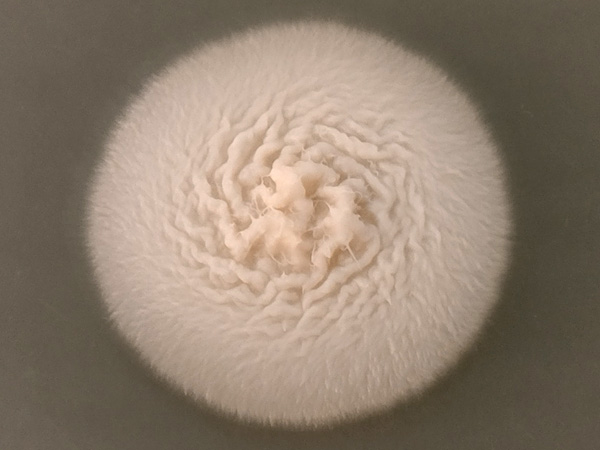
Culture of Beskidomyces laricis on MEA.
Photo: Paweł Czachura.
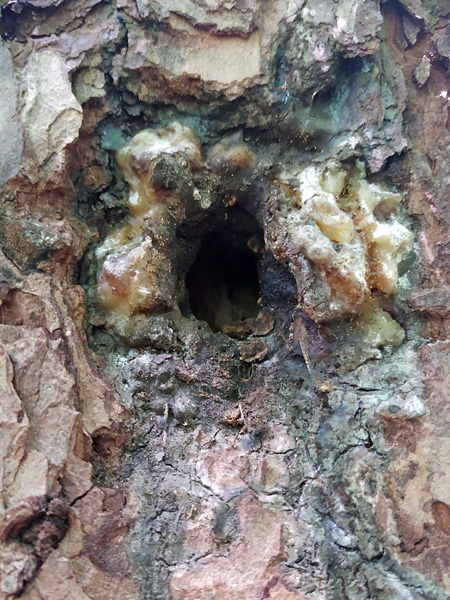
Resin of Larix decidua ssp. polonica – habitat of Beskidomyces laricis (Poland).
Photo: Paweł Czachura.
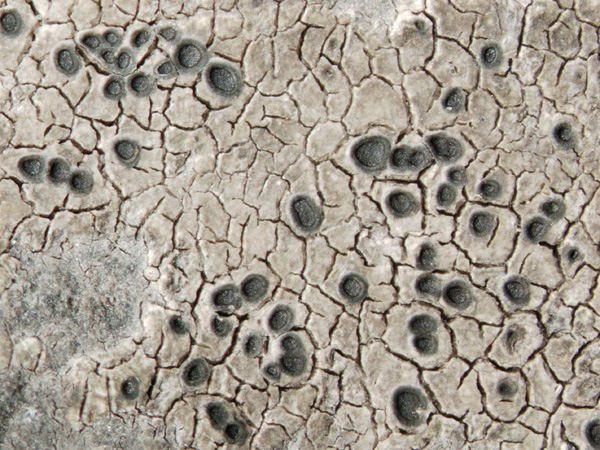
Thallus of Aspicilia lutzoniana.
Photo: Adam Flakus.
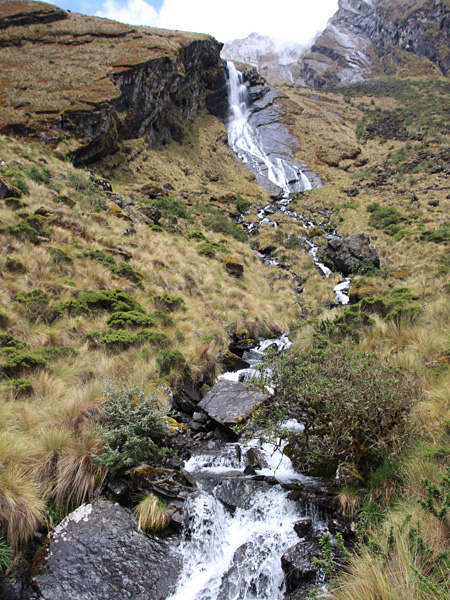
High mountain stream in Bolivia – habitat of Aspicilia lutzoniana.
Photo: Adam Flakus.
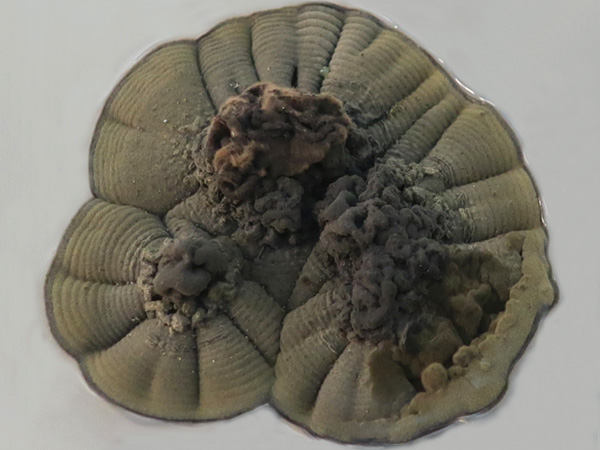
Culture of Lapidomyces epipinicola on MEA.
Photo: Marcin Piątek.
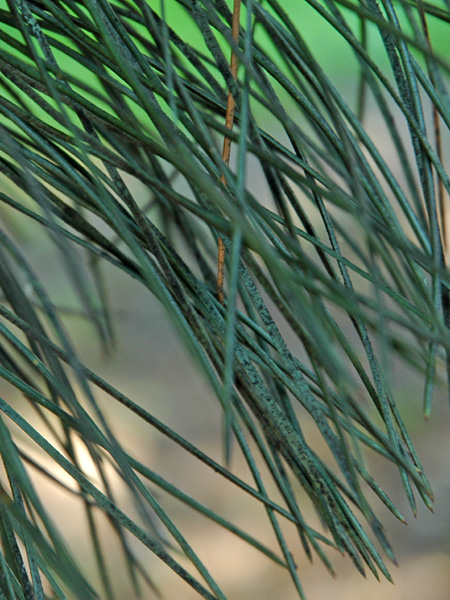
Pinus nigra needles with sooty mold communities – habitat of Lapidomyces epipinicola (Poland).
Photo: Marcin Piątek.
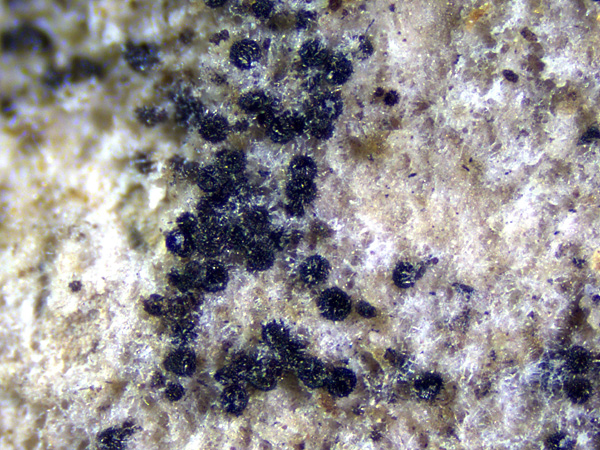
Niesslia parviseta on the thallus of Erioderma barbellatum.
Photo: Valerii Darmostuk.
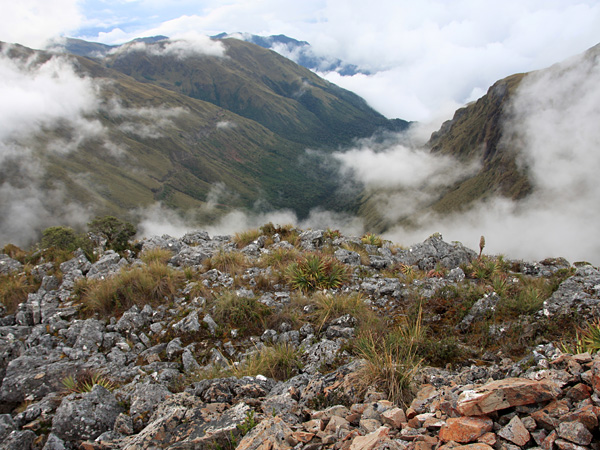
The upper limit of the Bolivian cloud forest – the site of Niesslia parviseta occurrence.
Photo: Adam Flakus.






